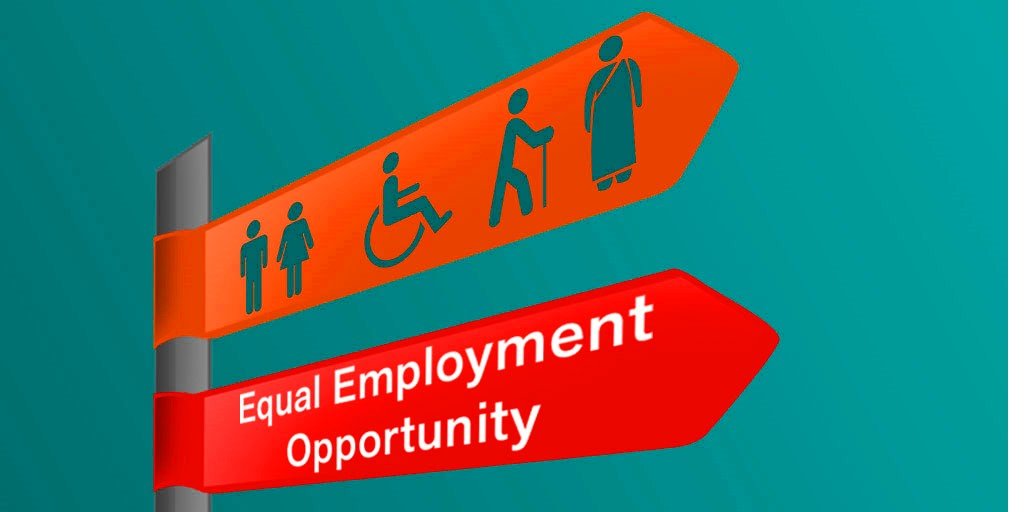Equal Opportunity and Workplace Discrimination Laws

In today’s dynamic and diverse workforce, the concept of equal opportunity stands as a beacon of fairness and justice. It goes beyond mere rhetoric; it is the foundation upon which workplaces are built. In this article, we will delve into the intricacies of equal opportunity and workplace discrimination laws, exploring their historical context, current legal framework, enforcement mechanisms, challenges, and future trends.
Contents
- 1 Historical Context of Equal Opportunity
- 2 Current Legal Framework
- 3 Enforcement and Compliance
- 4 Challenges and Issues
- 5 Impact on Workplace Culture
- 6 Case Studies
- 7 Employer Responsibilities
- 8 Employee Rights
- 9 Global Perspective
- 10 Measuring Progress
- 11 Future Trends
- 12 Educational Initiatives
- 13 Community Involvement
- 14 Conclusion
- 15 FAQs
Historical Context of Equal Opportunity
The journey towards equal opportunity has been marked by significant milestones. From the civil rights movement to the enactment of various anti-discrimination laws, society has continuously evolved to address historical inequalities in the workplace. Understanding this context is crucial for appreciating the strides made and the work that still lies ahead.
Current Legal Framework
A comprehensive overview of the existing legal framework reveals a web of legislation aimed at preventing workplace discrimination. Laws such as the Civil Rights Act, the Americans with Disabilities Act, and the Age Discrimination in Employment Act form the backbone of protection for employees. These laws outline the characteristics that are protected from discrimination and provide avenues for legal recourse.
Enforcement and Compliance
The effectiveness of workplace discrimination laws hinges on enforcement. Government agencies, such as the Equal Employment Opportunity Commission (EEOC), play a vital role in ensuring compliance. Companies found in violation of these laws face consequences ranging from fines to legal action, underscoring the seriousness with which the legal system addresses workplace discrimination.
Challenges and Issues
Despite progress, challenges persist. Subtle forms of discrimination may go unnoticed, and uncovering these practices requires a proactive approach. It is essential to identify and address the root causes of workplace discrimination to foster lasting change.
Impact on Workplace Culture
Creating an inclusive workplace culture is not just a legal obligation; it is a strategic imperative. Fostering diversity and inclusion brings about numerous benefits, including enhanced creativity, improved employee morale, and better problem-solving. However, achieving these outcomes requires a concerted effort from leadership and employees alike.
Case Studies
Real-world examples illustrate the tangible impact of equal opportunity initiatives. From multinational corporations to small businesses, case studies highlight successful strategies for promoting workplace equality and the positive outcomes that result.
Employer Responsibilities
Employers play a pivotal role in shaping workplace culture. Guidelines for promoting equal opportunity include unbiased hiring practices, diversity training, and creating an environment where employees feel heard and valued.
Read More: Know Your Workplace Rights Under Employment Law
Employee Rights
Understanding and exercising rights under workplace discrimination laws is crucial for employees. Robust reporting mechanisms must be in place to ensure that incidents of discrimination are promptly addressed.
Global Perspective
Examining equal opportunity on a global scale provides valuable insights. Comparisons with international standards reveal areas where progress can be made, and global efforts contribute to a collective push towards workplace equality.
Measuring Progress
Measuring the success of equal opportunity initiatives requires the use of appropriate tools and metrics. Success stories from organizations that have made significant strides serve as inspiration for others seeking to create positive change.
Future Trends
As workplaces evolve, so do trends in equal opportunity. Technological advancements, changes in societal attitudes, and emerging legal considerations all contribute to the evolving landscape of workplace equality.
Educational Initiatives
Education is a powerful tool for promoting awareness and understanding. Training programs for employees and employers alike can contribute to a more informed and inclusive workforce.
Community Involvement
The impact of equal opportunity extends beyond the workplace. Collaboration between businesses and communities can create a ripple effect, fostering positive change on a broader scale.
Read More: Compensation Claims and Benefits for Workers
Conclusion
In conclusion, the pursuit of equal opportunity is an ongoing journey. While progress has been made, there is still work to be done. By understanding the historical context, current legal framework, and emerging trends, we can collectively contribute to a future where every individual, regardless of background, can thrive in the workplace.
FAQs
What is the significance of workplace discrimination laws?
Workplace discrimination laws ensure fair treatment and equal opportunities for all employees, fostering a conducive work environment.
How can employers actively promote equal opportunity?
Employers can promote equal opportunity by implementing unbiased hiring practices, providing diversity training, and creating an inclusive workplace culture.
What are some common challenges in achieving workplace equality?
Challenges include subtle forms of discrimination, lack of awareness, and the need for proactive measures to address underlying issues.
How can employees exercise their rights under workplace discrimination laws?
Employees can exercise their rights by understanding the applicable laws, reporting incidents promptly, and seeking legal recourse if necessary.
Are there global standards for workplace equality?
While standards vary, there is a global push towards workplace equality, with international efforts contributing to a more inclusive global workforce.





